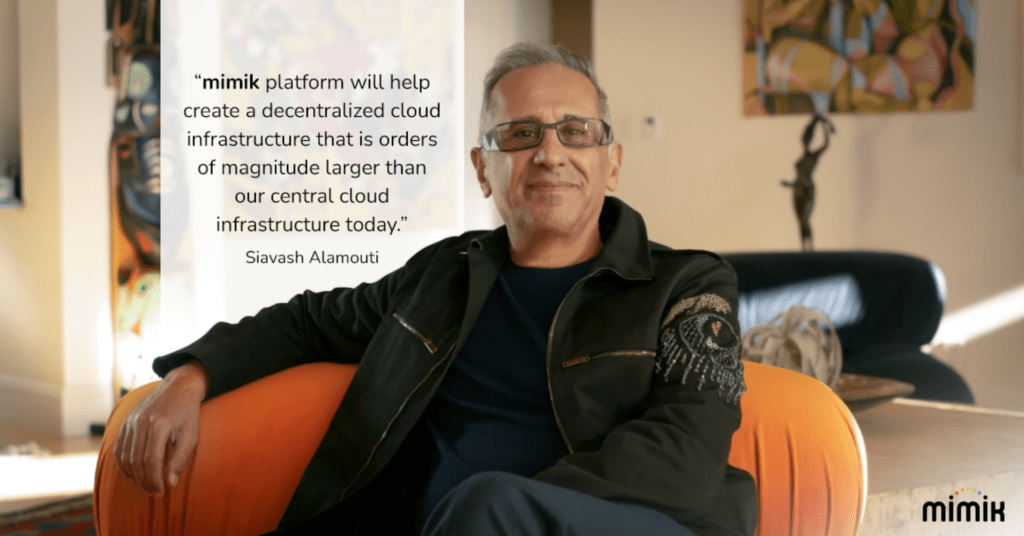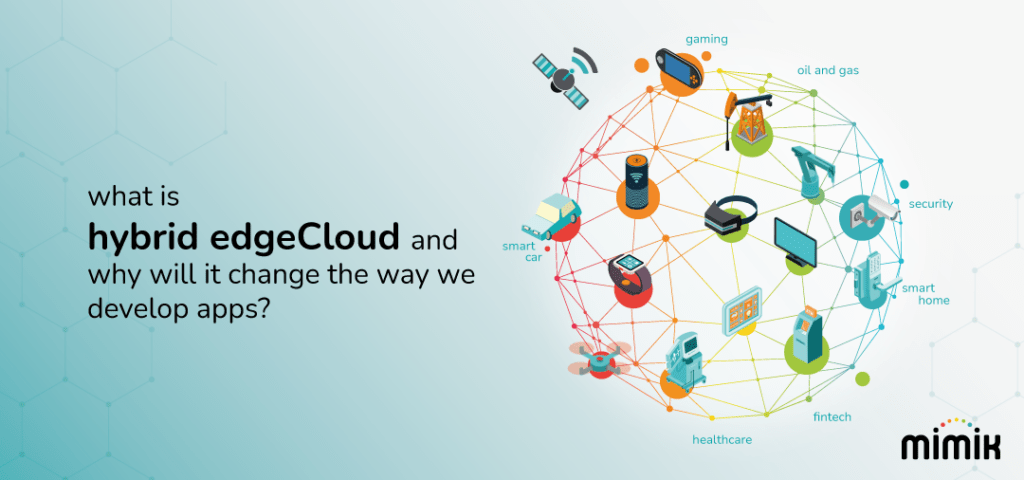According to Recode magazine, “The future of advanced-edge computing is actually in autonomous cars”. The article says companies such as Intel, Nvidia, ARM, Harman and Qualcomm “see connected cars as essentially the computing device of the next decade or so”.
The author of the article, Bob O’Donnell, founder and chief analyst at Technalysis Research, introduces his piece by saying that it’s easy to think that the only important technologies occur in the cloud. Why is this? Well, that’s where all the excitement is and so that where much investment and much of the discussions are being made. He also rightly suggests that this has led to “innumerable efforts to not only build software for the cloud, but also to use the cloud to completely re-invent companies or even industries”.
New consortium
However, as he points out, there are some equally exciting developments occurring on the edge of today’s networks. Denso corporation, Ericsson, Intel Corporation, NTT, NTT Docomo, Toyota InfoTechnology and Toyota Motor Corporation therefore announced on 10th August 2017 that they are teaming up to form a consortium “for network and computing infrastructure of automotive big data”, reveals an Ericsson press release. Key among the aims of teaming up, says the release, is their focus on increasing “network capacity to accommodate automotive big data in a reasonable fashion between vehicles and the cloud by the means of edge computing and more efficient network design”.
Data growth
David Trossell, CEO and CTO of Bridgeworks, reveals that Intel’s own research finds that self-driving cars will create more than 4TB of data each day. As data volumes increasing, the harder it will be to transmit and receive data quickly, as well as analyse in real-time, because of the spectre of data and network latency. Ever increasing volumes of data can diminish network performance, and in big data terms this can make timely big data analyse harder to achieve – leading to inaccurate results. So, one approach to reducing the impact of latency is to move everything close to the data source. Another approach would be to use a solution such as Bridgeworks to accelerate data flow at a distance.
Krishna Jayaraman, head of connected car research at Frost & Sullivan also reveals: “There was a recent mention that $200M (£152M) Ford’s Michigan data centre is being made to accommodate the data storage requirements which is a massive 200 petabytes by 2021. Edge computing will co-exist with cloud computing, we will notice data transfer between vehicles and the cloud with edge computing and enhanced network design.”
Network costs
Trossell then explains: “Sending data over networks is expensive not only in momentary terms but also in performance – the further you go, the slower you go. Keeping some of the critical process at the edge is important for speed for the final outcome and storage done in the cloud where there is more time. AI and machine learning solutions are, therefore, the perfect solution. You can do what you need to do close to the source, then you can progressively move data to more suitable intensive computational processing environments as and when needed.”
Artificial intelligence
On another artificial intelligent use, Jayaraman adds: “Thirteen OEMs have invested close to $5Bn to develop the self-learning technology by 2025. By 2025, self-learning cars would be able to learn and function as a personal assistant and fully autonomous car. This will roll out in four levels depending on functional capability.
“Self-learning AI will power connected cars, ADAS systems and infotainment systems. For instance, Toyota is partnering with Preferred Networks to bring AI systems to connected cars. The self-learning software requires high computational capability to perform. For instance, Qualcomm is working on Zeroth chip which is anticipated to perform deep learning operation at very low power consumption 2-4 W.”
The 5G key
“5G will be the key for connected cars to make use of edge computing,” comments a spokesperson from Intel before adding: “Instead of sending and receiving data from a server hundreds of miles away, it will offer the connectivity needed for autonomous vehicles to send and receive important data, such as continuously refreshed high-definition maps and for passengers to receive streamed content during their much more relaxing and productive commutes. This is because 5G will deploy computing resources at the very edge of the network in cellular base stations and towers that connect cars via wireless signals. It will also be key to supply processing power designed for artificial intelligence into edge devices such as connected cars.”
Onboard processing
Peter Vermaat, principal ITS Consultant at the Transport Research Laboratory (TRL) then talks about whether the data from autonomous vehicles can be processed on board or via the cloud to enable a much less data- intensive decision process for critical vehicle functions: “It is extremely unl
ikely that any safety-critical functions will ever use cloud processing. Existing and proposed communications networks are simply not reliable enough to support this. However, non-safety critical functions, particularly those which do not require real-time responses, can be processed in the cloud. An example of this is current navigation systems which implement the routing and real-time traffic functions in the cloud.
Where cloud solutions can play a role is in situational awareness, gathering data from multiple sources to give vehicles a richer understanding of their driving environment. This could include awareness of pedestrians, cyclists and other vulnerable road users which they could interact with.”
Security concerns
Fay Arjomandi, Co-Founder of Mimik Technology, warns that edge cloud computing presents a number of security challenges, which must be overcome:“Many of these requirements have yet to be met in cloud computing as well. With edge cloud computing data doesn’t have to transfer from the edge to a data centre in the cloud for processing, so we believe staying closer to the source can be an advantage for security. Sensitive data is processed at the source without the need for travel, therefore decreasing the risk of interception. Nevertheless, the edge cloud platform must be designed with security as a prerequisite.”
ADAS
So where does ADAS fit into this picture? Vermaat explains: “ADAS functions (adaptive cruise control, lane departure warning, etc.) are steps towards increasing vehicle automation. Currently these are entirely based in the vehicle. As vehicles become increasingly connected, some ADAS function can be enhanced by cooperation with surrounding vehicles.
“For example, cooperative adaptive cruise control will allow ad-hoc platoons to be formed safely and address the string stability issues which can affect radar-based systems. However, as has been argued, it is unlikely that any safety-critical functions could be moved to cloud or even edge computing solutions.”
Future on the edge
Arjomandi then adds:“Edge cloud computing is the future of computing and will not only impact the automotive industry but almost any other vertical”, concludes. I believe once the platform is unleashed to developers they will come up with use cases and applications that are beyond what we can predict or even imagine. This is what is really exciting about edge cloud computing.”
Ian Riches, director of global automotive practice at Strategy Analytics, believes that the journey must include: “A sensible, practical blend of edge and cloud processing [as] the way forward. Edge computing will typically deal with time and safety-critical ‘I must have an answer now’ type issues. Cloud processing will handle the “can I improve the experience, could I do it better next time” time questions and feedback (over time) to the on-board algorithms.”



